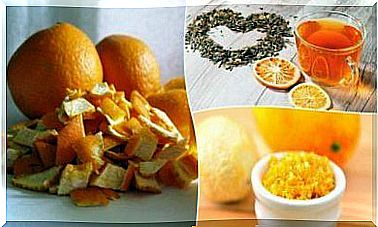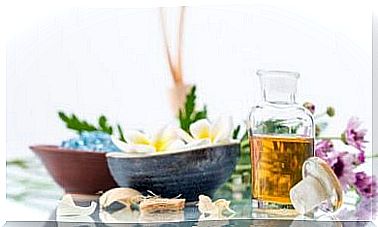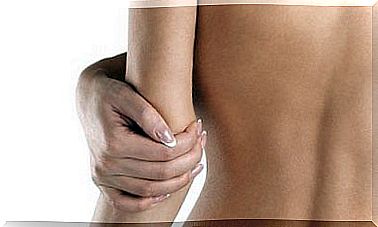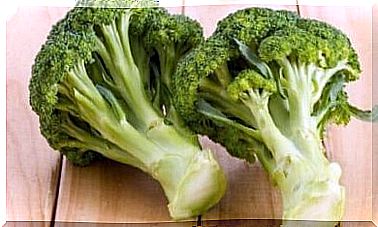Nine Natural Remedies For Vitiligo

The medical term for vitiligo is leucoderma, and it’s more common than you might think. Thus, one of the main features of vitiligo is the appearance of light spots on the skin. In this article we will tell you more about this problem, which can appear at any time of life. In addition, we will introduce you to some remedies against vitiligo.
What you need to know about vitiligo
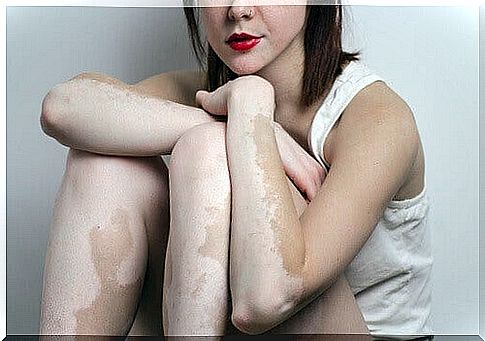
First, it was thought that dark-skinned people were more likely to develop the condition. However, it was later discovered that white people are actually more vulnerable. After all, the cause of this condition is an unbalanced production of the pigment melanin (which is produced by melanocytes).
In particular, the white or pink patches usually appear on the face, chest, hands, armpits, and elbows. But the exact causes of this problem are still unknown. It occurs in children, young people and the elderly, regardless of ethnic group and gender. That is why there is a lot of interest in remedies against vitiligo.
It is believed that it can be activated by:
- Malfunction of the thyroid gland
- Hereditary Factors
- Hormonal changes
- Voltage
- Depression
- Wounds
- Diabetes mellitus
- Addison’s disease
- Pernic anemia
In addition to these possible causes, the best known theory is that it is caused by an immune system problem. In particular, the body reacts differently to leukocytes, treating them as harmful invaders and destroying them.
Although it is not a serious or dangerous disease, it is an annoying condition. So many are ashamed of it.
A quarter of patients suffering from vitiligo suffer from what is known as ‘spontaneous re-pigmentation’. Among the factors that cause this, the following stand out:
- Recent onset (less than 6 months)
- Age of the patient (starts when they are young)
- Location of the spots (on the face, except on the lips)
Home remedies to treat vitiligo
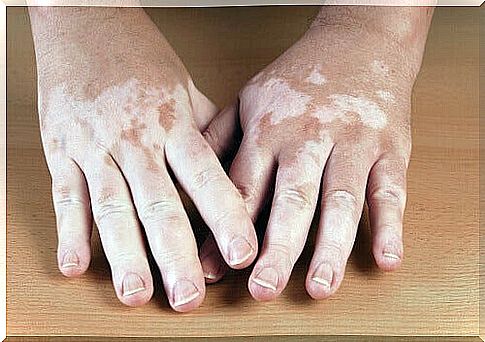
All in all, many people wonder whether there are anti-vitiligo drugs and whether they should learn to live with it for the rest of their lives.
If we start from the theory that it is an immunological problem, it is best to tackle the problem at the roots. In this case, there are some natural remedies that can help with that:
1. A natural smoothie is one of the remedies against vitiligo
Ingredients
- Half a cucumber
- 125 grams of natural yogurt
- aloe vera
Preparation
- First, cut the cucumber half into pieces and put them in the blender, along with a jar of natural yogurt and the gel of an aloe vera leaf.
- Then mix it until you have a smooth mixture and drink it every morning on an empty stomach.
2. Radish and apple cider vinegar dressing
Ingredients
- 40 grams of radish seeds
- Apple cider vinegar (as much as you need)
Preparation
- Place the radish seeds in a container and pour the apple cider vinegar over them so that the seeds are completely covered by the liquid.
- Let it steep overnight. The next day, crush the seeds with a pestle until you have a paste.
- Then apply the paste to the area affected by vitiligo and let it sit for two hours, without covering it.
- Remove it with lukewarm water.
- Repeat this three times a week and remember that the skin must be clean and dry before applying the paste.
3. Wheat Germ Oil
- Let the wheat germ oil soak in a cotton ball and spread it generously over the vitiligo spots.
- After five minutes, or when it is completely absorbed, you can cover the area. There is no need to rinse it off.
- Then repeat this every night.
4. Bee pollen and kiwi in a smoothie
Ingredients
- 15 grams of bee pollen
- 1 kiwi
Preparation
- For breakfast, prepare a mix of bee pollen and 1 peeled and sliced kiwi.
- Put it in the blender and mix it well.
- Drink it daily.
5. Fresh basil and lemon juice porridge
- First, make a paste with a handful of chopped fresh basil leaves and a little lemon juice.
- Then cover the spots three times a day (morning, afternoon and night) with this paste.
The basil stimulates the production of melanin and the lemon juice removes blemishes from the skin. Don’t forget to rinse it well if you go outside after applying this product, as lemon juice can whiten the skin.
6. Lemon peel and alcohol agent
Ingredients
- The zest of two lemons (or limes)
- 250 ml rubbing alcohol
Preparation
- Put the zest of two lemons in a glass jar and add the rubbing alcohol.
- Cover and let it soften in a dark and cool place for three days.
- Then dip a cotton ball in the mixture and apply it to the stains.
- Let the skin dry in the sun for a few minutes and then rinse with lukewarm water.
- Repeat it daily (or at least three times a week).
7. Red Clay and Ginger
If you can get your hands on red clay (you can buy it at some natural health stores), we strongly recommend trying this for treatment of the problem. Due to the high copper content, it can help to re-pigment the skin.
Ingredients
- A few tablespoons of red clay
- 10 grams grated ginger
- Water (if needed)
Preparation
- First, mix the red clay with a little water and the grated ginger until you have a paste.
- Then apply it liberally to the light spots.
- Leave it on for a few minutes and rinse with warm water.
- Then repeat it every two days.
8. Mango Root Soaked in Alcohol
Ingredients
- 50 grams mango root
- 500 ml alcohol
Preparation
- Soak the mango root in the alcohol for twenty days, in a dark place.
- Then dip a cotton ball in the mixture and spread it over the light spots.
- Don’t rinse it off. Instead, let it dry on its own.
9. Black pepper as one of the remedies against vitiligo
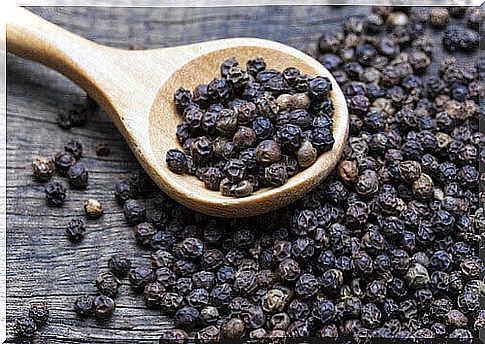
The most recent research shows that one of the best natural remedies for vitiligo is black pepper. To illustrate, this widely used herb is able to increase the production of melanin in the skin.
One of the main components of pepper is piperine, a substance that stimulates the production of melanocytes. But in order to enjoy these benefits, it must be applied externally.
Creams or oils with black pepper as the main component can be purchased in certain stores, but they can also be made at home.
Ingredients
- 60 grams black peppercorns
- 200 grams of olive oil
Preparation
- Heat the olive oil over medium heat and add the black pepper.
- Let it cook for five minutes.
- Then remove it from the heat, let it cool and filter the liquid into a glass bottle or jar.
- Apply it to the affected areas every day with a cotton ball.





